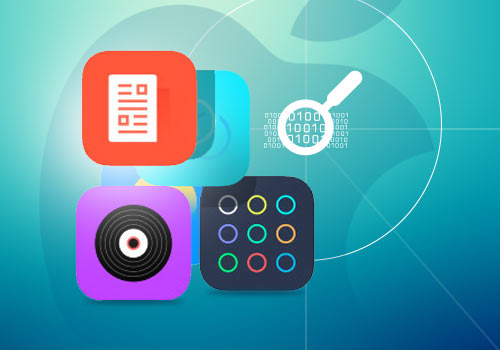
6 Automation Tools for iOS App Testing
January 25th, 2016

Developing application for iOS is not similar to developing an application for Android Operating System. Apple has certain guidelines that could stop the development efforts. And it will become a balancing act of developing an appropriate app and getting the Apple’s approval. There are so many advantages in developing iOS platform rather than developing the android platform. There are six iOS app testing tools that are to be mentioned if one need to know about mobile automation testing.
Below follows the top six automation tools for iOS app testing:
-
XCTest
One can use the framework called XCTest for the purpose of unit testing. This framework is provided by Apple. They can also maintain a good integration with integrated data environment in order to write test, run test and doing test-driven development work-flow. XCTest is the recommended testing framework when the use of Xcode5 and OCUnit got depreciated.
Read Also: 8 Must-Know iOS Testing Tips
2. User Interface Automation
There is User Interface Automation, especially for the more typical functional test or black box tests where the user is going to write code that stimulates end user navigating the app. User Interface Automation is also by Apple and is one of the apple sanctioned way of carrying out iOS app testing. For using User Interface Automation, there is the need of instruments that comes as one of the tools of Xcode. The only disadvantage of using User Interface Automation is that tests are written in Javascript which is entirely different from iOS code written in Objective-C or Swift.
3. Ocmock
It is a typical mock framework that acts like a code that leverages in a remote application program interface just like a web service. We can also use Ocmock for code which relies on user interface objects that you can’t easily represent by yourself through unit tests.
4. KIF (keep it functional)
One of the better alternatives for User Interface Automation is a tool called KIF. KIF is an abbreviation for keeping it functional. It is an open source and better than User Interface Automation. It mostly relies on accessibility labels just like User Interface Automation. While defining the application, it should be made sure that the app is accessible to people who are visually impaired. When compared to User Interface automation, KIF has certain benefits that are, one can write a test in Objective-C which supports Swift. This is not possible for User Interface automation. Also, KIF tests are executed in the same way as unit tests. Graphical User Interface based tests are much easier to execute with the help of KIF.
You May Also Like: 11 Differences Between iOS And Android Mobile App Testing
5. FBSnapshotTestCase
As the name suggests, it is indeed created and maintained by Facebook. The basic function of this tool is that it allows to verify one’s User Interface code by doing visual differences between saved screenshots. One can do it in a granular level than the full screenshot. You can take little User Interface view where you will get widget on the screen. One can isolate the snapshot text case to the User interface subclass view to change anything.
6. FRANK- Behavior Driven Development for iOS
For doing end-to-end testing and to use behavior driven development and cucumber ( written using a ruby programming language), it is better to use the tool called Frank. It allows us to create acceptance tests and requirements using cucumber. Frank helps to run behavior driven development tests against our iOS app testing.
In almost every testing process, automated tests are used. Automated testing can help to exclude errors and can thus take care of omission in the test that takes place at the time of execution caused by humans. Each of the above automation tools is unique and possess certain characteristics.


 Software Testing Events
Software Testing Events App Testing
App Testing Web App Testing
Web App Testing Game Testing
Game Testing Automation Testing
Automation Testing Load Testing
Load Testing Security Testing
Security Testing Performance Testing
Performance Testing Hire a Tester
Hire a Tester







